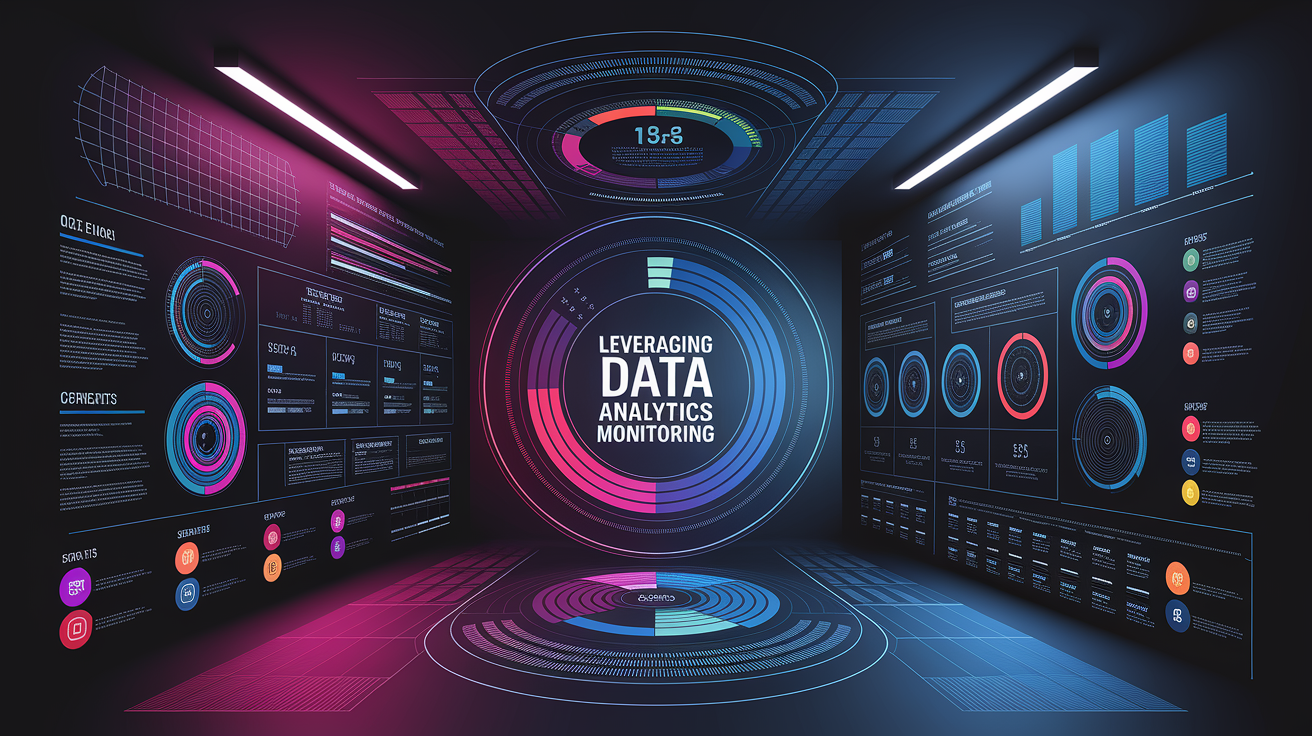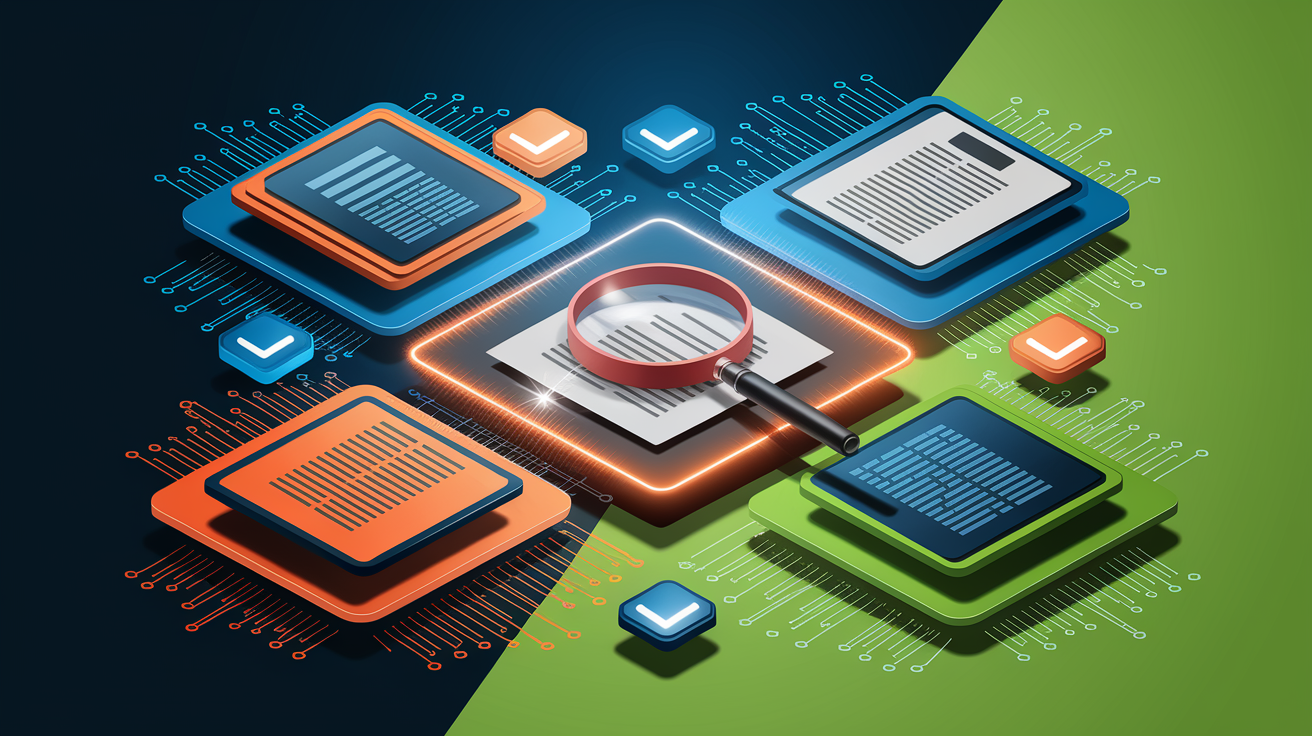Shining Light on Solar Asset Fraud: Detection and Validation Strategies
Illuminating the Threat
As renewable energy investments surge, so too does the threat of solar-asset fraud — deceptive practices that undermine the integrity of photovoltaic projects and place homeowners and investors at substantial financial and legal risk. Fraud tactics range from falsified financing contracts and unauthorized property liens to misrepresentation of equipment quality and eligibility for government incentives, according to reports from SolarInsure and Bennett Legal.

Entities engaged in solar asset management and photovoltaic fraud prevention face intensified challenges as scammers exploit gaps in energy asset verification and clean energy compliance frameworks. Homeowners may unknowingly shoulder inflated debts due to loan stacking — multiple loans taken out on the same PV project — or find themselves unable to refinance or sell after predatory liens cloud their property title. Preserving solar asset integrity is crucial for investor confidence and long-term renewable energy security.
Leveraging Data Analytics and Monitoring
Energy fraud analytics and automated solar portfolio monitoring are increasingly utilized to counteract these schemes. Machine learning algorithms and statistical methods, such as those detailed in academic literature on fraud detection, can process large volumes of transaction data, PV system validation records, and solar panel performance metrics to uncover anomalies indicative of fraud. This includes flagging irregularities across financing arrangements and installation schedules.

Renewable energy asset compliance is strengthened through asset performance analytics, where solar installation data and energy production verification are continuously compared against expected benchmarks. These systems deliver proactive alerts for potential discrepancies, advancing the sophistication of photovoltaic asset tracking and solar project risk management.
Field Verification and On-Site Inspections
Nothing substitutes for boots-on-the-ground asset integrity assessment. Solar farm inspections and on-site verification processes play a pivotal role in confirming system specifications, installation quality, and operating conditions. These field assessments ensure that solar panels match authentication documentation and that renewable asset auditing aligns with contractual obligations.

Inspectors may employ solar system authentication tools, infrared imaging, and direct measurement of energy output to validate production claims. Such solar panel installation verification processes not only confirm proper workmanship but also protect against misrepresentation in renewable energy investments.
Document and Contract Validation
Fraudulent documentation remains a primary vector for scams. Comprehensive solar asset documentation review — including financing agreements, equipment warranties, and compliance certificates — is critical. Cross-referencing lender approvals, manufacturer serial numbers, and installation completion certificates with multiple stakeholders fortifies solar due diligence efforts.

Energy investment validation involves verifying that incentive eligibility has been accurately represented, as advised by SolarTopps. Checking government rebate listings and tax credit qualifications from official resources is a must for photovoltaic system audits.
Applying Blockchain and Digital Twins
Emerging technologies are enhancing solar project validation. Blockchain platforms enable immutable, time-stamped recording of solar asset transactions, from procurement to installation, improving transparency in energy asset compliance. Digital twin simulations can model a PV system’s expected performance, allowing real-time comparison of actual output against predicted values to detect anomalies.
These approaches strengthen solar farm monitoring by providing tamper-proof records and predictive energy production data analysis, vital for photovoltaic asset security and renewable energy fraud prevention at scale.
Establishing Best Practices and SOPs
Industry stakeholders recommend standard operating procedures (SOPs) for renewable energy due diligence, modeled after guidelines from Revision Energy and similar organizations. Best practices include:
- Conduct thorough research on solar providers and financing options.
- Confirm all contract terms, especially financial agreements, before signing.
- Independently verify incentives and rebates.
- Only sign installation completion certificates when PV system validation is satisfied.
- Maintain complete records of all communications and agreements.
- Be wary of high-pressure sales tactics or promises of “free solar.”
Implementing an asset management system with fraud detection algorithms and renewable energy project validation tools further ensures compliance and asset authenticity.
Radiant Conclusions
Solar asset fraud is an evolving threat in the clean energy sector, demanding robust detection and validation strategies to safeguard homeowners, investors, and the industry’s reputation. Leveraging advanced analytics, blockchain, rigorous field inspection, and meticulous documentation review strengthens solar asset integrity while fostering renewable energy security.
For those asking how to detect fraud in solar asset investments, the answer lies in a multi-layered approach: blending technological innovation with thorough due diligence and proactive monitoring. By illuminating vulnerabilities and implementing steadfast validation, stakeholders can ensure their photovoltaic investments remain both profitable and principled.







